Publication details
Publisher: Palgrave Macmillan
Place: Basingstoke
Year: 1997
Pages: 51-56
ISBN (Hardback): 9780333677421
Full citation:
, "E. D. Hirsch, Jr", in: Twentieth-century literary theory, Basingstoke, Palgrave Macmillan, 1997


E. D. Hirsch, Jr
"Three dimensions of hermeneutics"
pp. 51-56
in: K. M. Newton (ed), Twentieth-century literary theory, Basingstoke, Palgrave Macmillan, 1997Abstract
Stated bluntly, the nature of interpretation is to construe from a sign-system (for short, "text") something more than its physical presence. That is, the nature of a text is to mean whatever we construe it to mean. I am aware that theory should try to provide normative criteria for discriminating good from bad, legitimate from illegitimate constructions of a text, but mere theory cannot change the nature of interpretation. Indeed, we need a norm precisely because the nature of a text is to have no meaning except that which an interpreter wills into existence. We, not our texts, are the makers of the meanings we understand, a text being only an occasion for meaning, in itself an ambiguous form devoid of the consciousness where meaning abides. One meaning of a text can have no higher claim than another on the grounds that it derives from the "nature of interpretation", for all interpreted meanings are onto-logically equal; they are all equally read. … This ontological equality of all interpreted meaning shows forth in the fact that hermeneutic theory has sanctioned just about every conceivable norm of legitimacy in interpretation. From this historical fact I infer that interpretive norms are not really derived from theory, and that theory codifies ex frost facto the interpretive norms we already prefer. …
Publication details
Publisher: Palgrave Macmillan
Place: Basingstoke
Year: 1997
Pages: 51-56
ISBN (Hardback): 9780333677421
Full citation:
, "E. D. Hirsch, Jr", in: Twentieth-century literary theory, Basingstoke, Palgrave Macmillan, 1997

